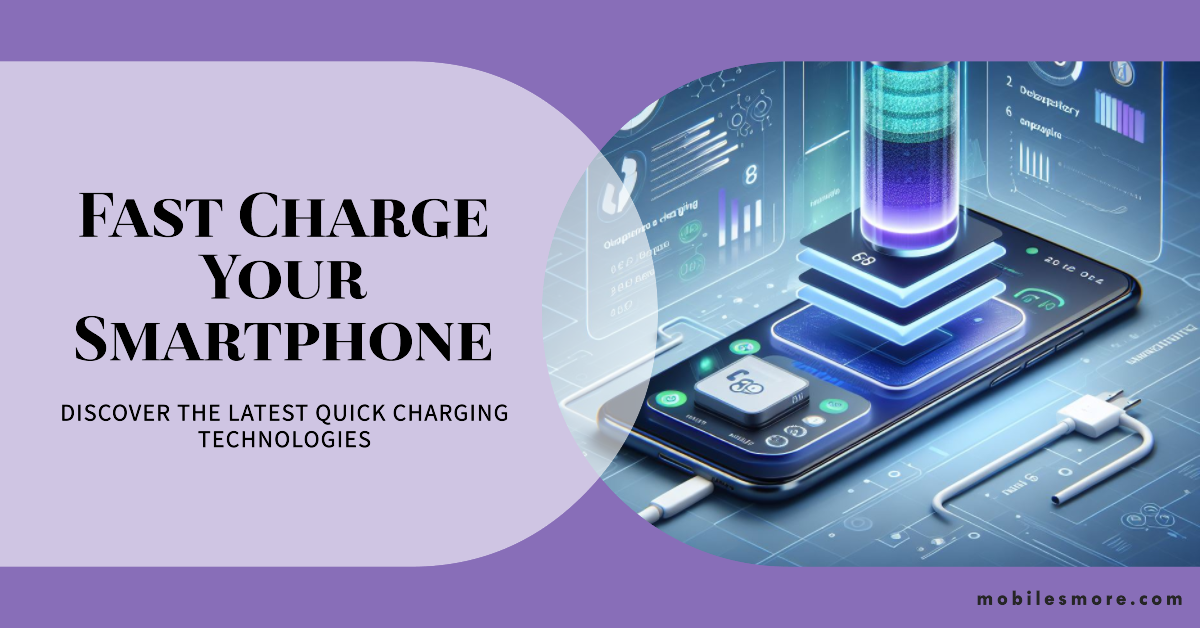Introduction
One of the most important features of a smartphone is its battery life. No one likes to run out of juice in the middle of the day, especially when you need your phone for work, entertainment, or communication. That’s why smartphone manufacturers have been developing quick charging technologies that can replenish your battery in a matter of minutes.
What is quick charging?
Quick charging is a term that refers to any technology that can charge a smartphone battery faster than the standard rate. The standard rate is usually 5 watts (W), which means that the charger delivers 5 volts (V) of electricity at 1 ampere (A) of current. Quick charging technologies can deliver higher voltages, currents, or both, depending on the design and compatibility of the charger and the phone.
There are different types of quick charging technologies, such as Qualcomm’s Quick Charge, Samsung’s Adaptive Fast Charging, Huawei’s SuperCharge, Oppo’s VOOC, and OnePlus’ Dash Charge. Each of these technologies has its own specifications and advantages, but they all share the same goal: to reduce the time it takes to charge your phone from 0% to 50% or more.
How does quick charging work?
Quick charging works by increasing the power output of the charger and regulating the power input of the phone. The charger and the phone communicate with each other through a protocol that determines the optimal voltage and current for each stage of charging. The protocol also monitors the temperature and health of the battery to prevent overheating or damage.
The first stage of quick charging is called constant current (CC), where the charger delivers a high current to the battery until it reaches a certain voltage level. This stage is responsible for most of the fast charging, as it can fill up the battery from 0% to 50% or more in a short time.
The second stage of quick charging is called constant voltage (CV), where the charger reduces the current and maintains a constant voltage until the battery reaches 100%. This stage is slower and more gentle, as it prevents overcharging and prolongs the battery life.
What are the benefits and drawbacks of quick charging?
The main benefit of quick charging is that it saves you time and hassle. You don’t have to worry about running out of battery or carrying a power bank with you. You can just plug in your phone for a few minutes and get enough juice to last for hours. Quick charging also enables you to use your phone while it’s charging without affecting the speed or performance.
The main drawback of quick charging is that it generates more heat and stress on the battery, which can affect its longevity and capacity over time. Quick charging can also reduce the efficiency and safety of the charger and the phone, as they have to handle higher power levels and temperatures. Quick charging may also require specific chargers and cables that are compatible with your phone model and technology.
Conclusion
Quick charging is a convenient and useful feature that can make your smartphone experience more enjoyable and productive. However, it also comes with some trade-offs that you should be aware of and take care of. To get the best out of quick charging, you should use compatible chargers and cables, avoid using your phone while it’s charging, and unplug it when it reaches 100%. You should also avoid exposing your phone to extreme temperatures or humidity, and replace your battery if it shows signs of degradation or swelling.

